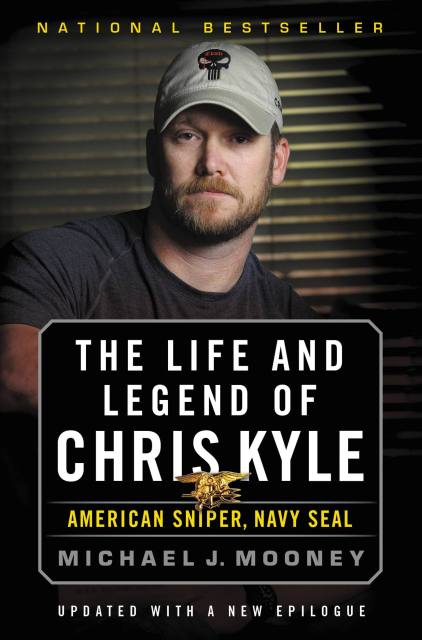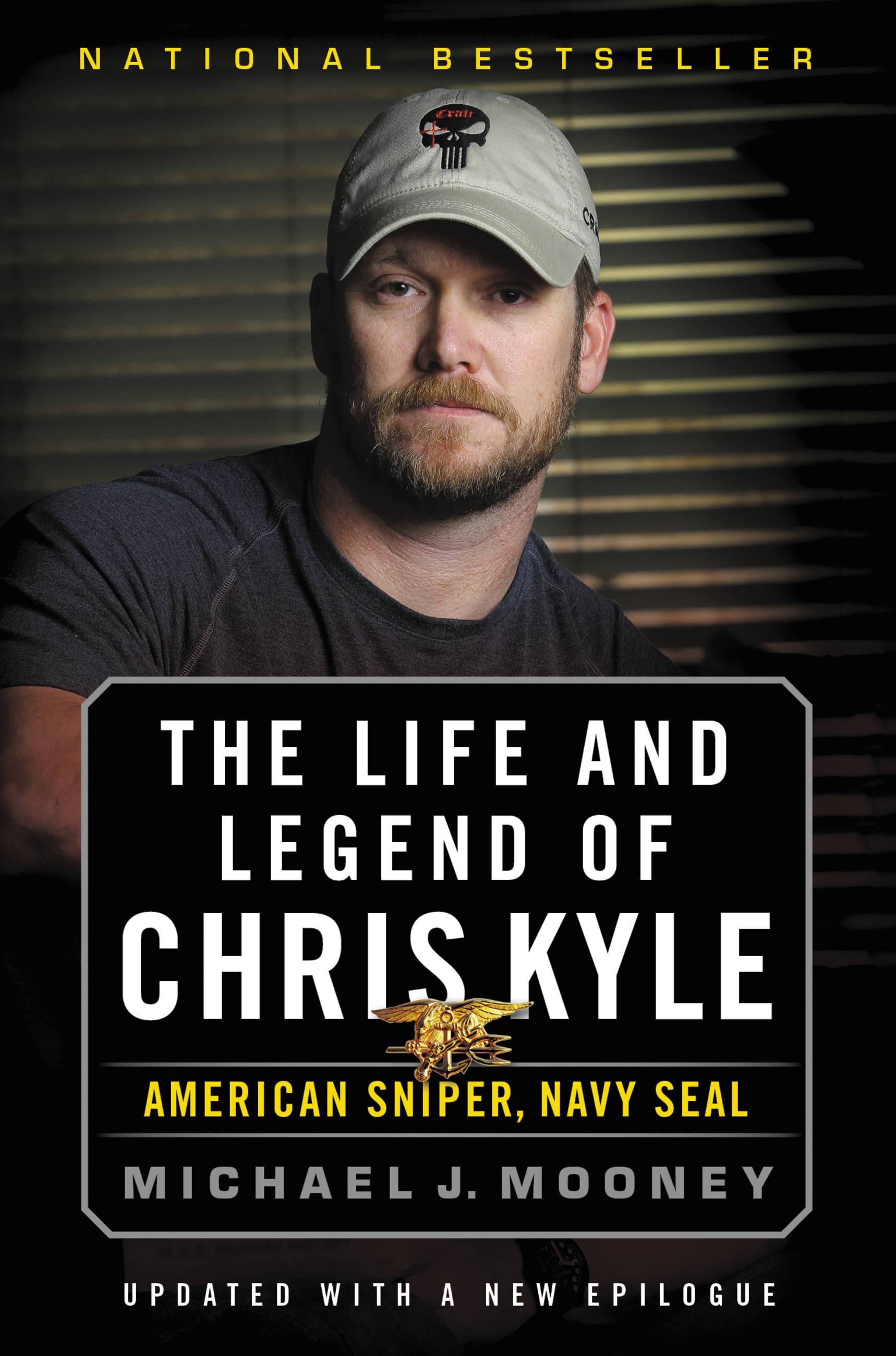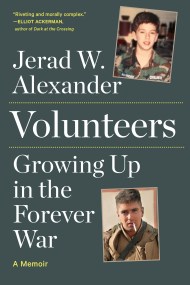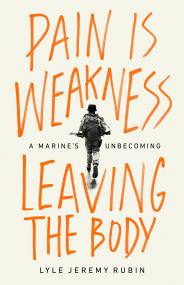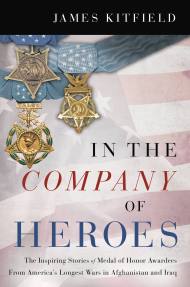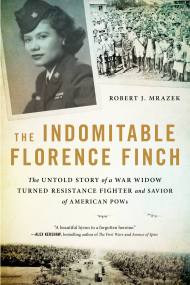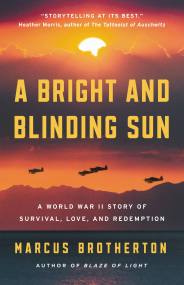Promotion
Use code MOM24 for 20% off site wide + free shipping over $45
The Life and Legend of Chris Kyle: American Sniper, Navy SEAL
Contributors
Formats and Prices
Price
$2.99Price
$3.99 CADFormat
Format:
- ebook (Digital original) $2.99 $3.99 CAD
- Audiobook Download (Unabridged)
- Trade Paperback $19.99 $25.99 CAD
This item is a preorder. Your payment method will be charged immediately, and the product is expected to ship on or around April 23, 2013. This date is subject to change due to shipping delays beyond our control.
Also available from:
A New York Times bestseller: The life story of Chris Kyle, the American Sniper.
A brutal warrior but a gentle father and husband, Chris Kyle led the life of an American hero. His renowned courage and skill in military service earned him two nicknames — The Devil among insurgents and The Legend among his Navy SEAL brethren — but his impact extended beyond that after he came home from combat and began working with fellow veterans.
Journalist Michael J. Mooney reveals Kyle’s life story, from his Texas childhood up through his death in February 2013. Mooney interviews those closest to the late SEAL and also sheds light on the life of the suffering veteran who killed Kyle. The Life and Legend of Chris Kyle is a candid, essential portrait of a celebrated warrior — a man about whom a movie has only added to the legend.
A brutal warrior but a gentle father and husband, Chris Kyle led the life of an American hero. His renowned courage and skill in military service earned him two nicknames — The Devil among insurgents and The Legend among his Navy SEAL brethren — but his impact extended beyond that after he came home from combat and began working with fellow veterans.
Journalist Michael J. Mooney reveals Kyle’s life story, from his Texas childhood up through his death in February 2013. Mooney interviews those closest to the late SEAL and also sheds light on the life of the suffering veteran who killed Kyle. The Life and Legend of Chris Kyle is a candid, essential portrait of a celebrated warrior — a man about whom a movie has only added to the legend.
Genre:
- On Sale
- Apr 23, 2013
- Page Count
- 64 pages
- Publisher
- Little, Brown and Company
- ISBN-13
- 9780316278232
Newsletter Signup
By clicking ‘Sign Up,’ I acknowledge that I have read and agree to Hachette Book Group’s Privacy Policy and Terms of Use
